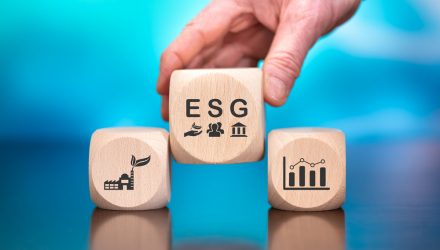Socially responsible exchange traded funds and other investments that follow environmental, social and governance principles may not be as clear cut when it comes to meeting sustainability standards as many investors would believe.
According to Util, a sustainable investment data specialist, there is no clear “good” or “bad” investment based on the UN’s Sustainable Development Goals, arguing that fund sponsors should instead consider uncoupling ESG factors, the Financial Times reported.
“Almost every company, industry and fund impacts some goals positively, others negatively,” according to Util’s latest report.
For example, Util found that while the lowest 10 ranked on Climate Action were mostly utilities-related funds, these same funds were still among the top 100 in areas like quality education, affordable and clean energy, and decent work and economic growth, among others.
Consequently, Util concluded that the “E,” “S,” and “G” factors were so varying or even conflicting, that fund providers should consider ending the practice of grouping companies based on all three principles together.
“What our research highlights is the need for an approach that allows for a lot of different investor preferences,” Patrick Wood Uribe, chief executive of Util, told the Financial Times, adding that attempts to rank companies did not meet the need for the nuance of the underlying ESG sub-categories.
“This is more accurate,” Wood Uribe said, arguing that a more precise approach would fit with a global trend towards more personalization of investment options.
Kenneth Lamont, senior fund analyst for passive strategies at Morningstar, praised Util’s findings, but he still cautioned against blindly accepting the actual rankings since data from some developing and frontier markets are less than reliable.
“The paper is right to call out some aspects of ESG and sustainable investing. It is a highly complex topic, which is often highly subjective, sometimes contradictory, and often reduced to unhelpfully simple metrics,” Lamont told the Financial Times.
For more news, information, and strategy, visit the ESG Channel.

